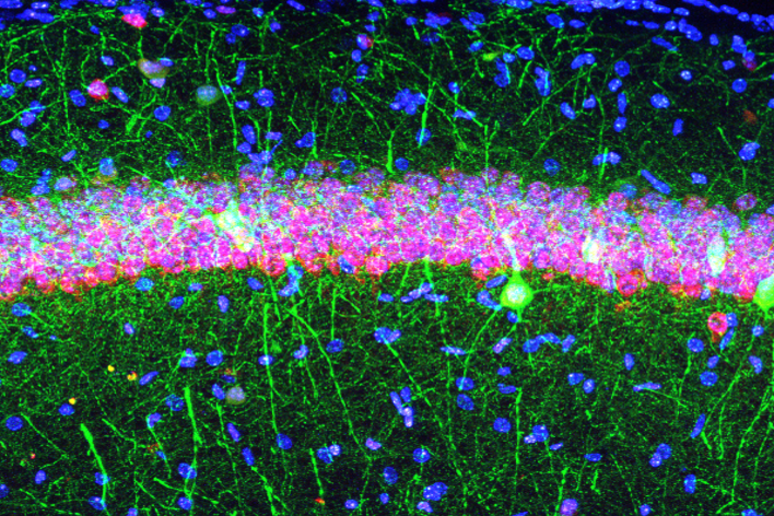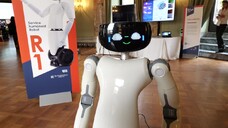Research into new therapies to reduce the cognitive and behavioural deficits of babies born severely preterm has received a boost from a new animal model that allows laboratory studies of the neurological effects caused by the Igf-1 hormone deficiency typical of premature infants.
The experimental model, which has already made it possible to identify a drug already on the market that is potentially useful in treatment, has been developed by the Italian Institute of Technology (IIT) together with Irccs Gaslini in Genoa and is published in Science Advances.
The neurological effects were reproduced for the first time in laboratory mice by the IIT's Brain Development and Disease unit, coordinated by Laura Cancedda, with the contribution of Gaslini's Proteomics Core Facilities laboratory.
The reliability of the model was then verified by a group of Gaslini researchers led by Luca Ramenghi through clinical trials conducted in parallel on five-year-old patients.
On the basis of these results, the IIT researchers have also established that ganaxolone, a drug already used to treat epilepsy, improves cognitive and behavioural deficits in the preclinical model.
The drug has been approved by the US Food and Drugs Administration, meaning that less time would be required for it to come into use.
Riproduzione riservata © Copyright ANSA













